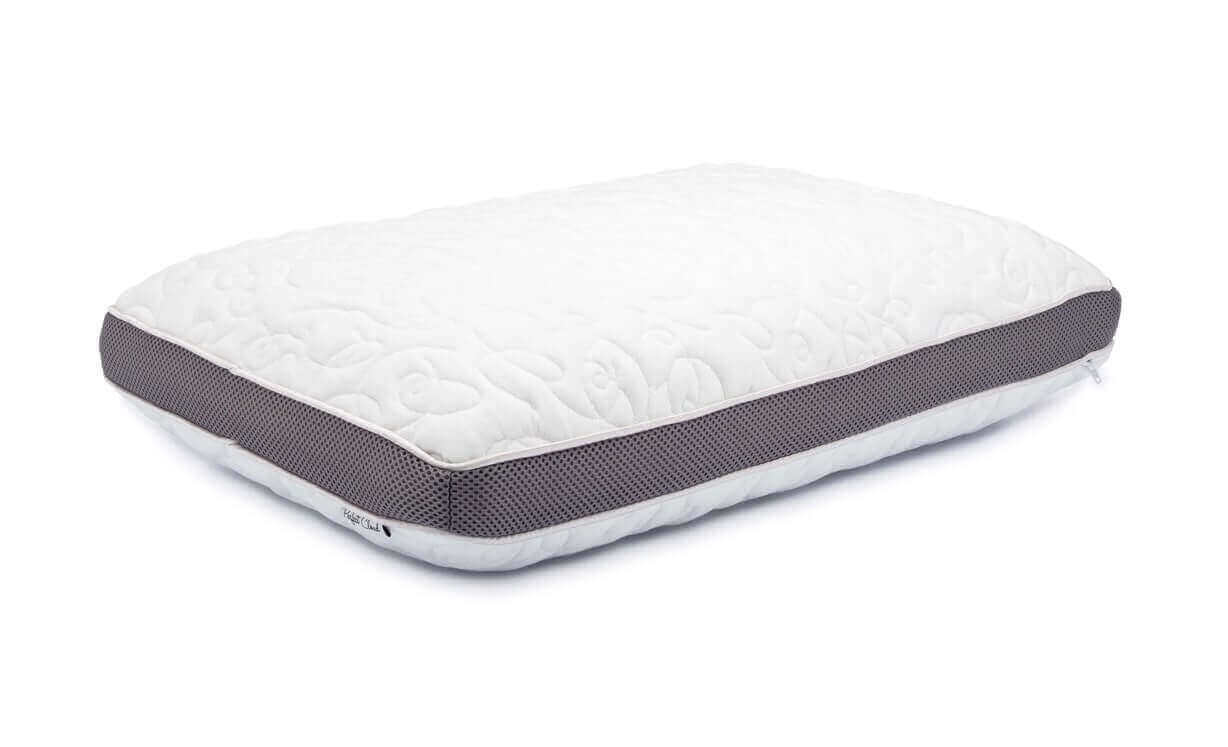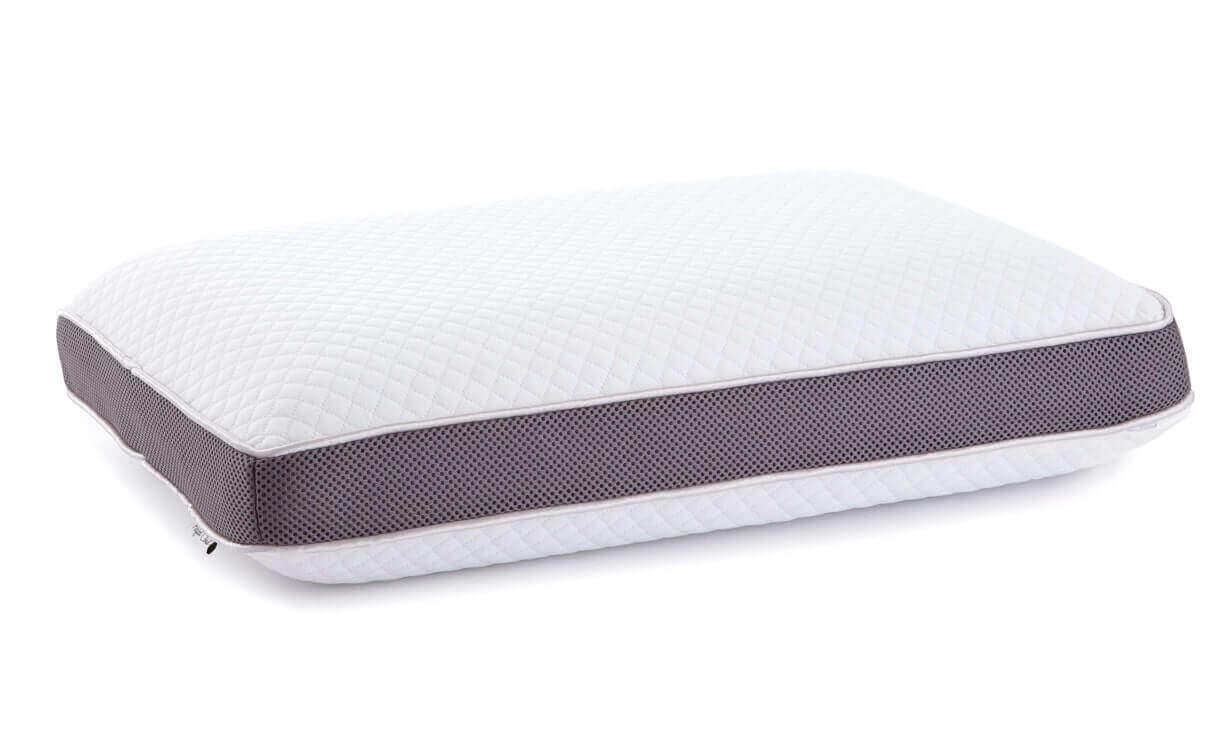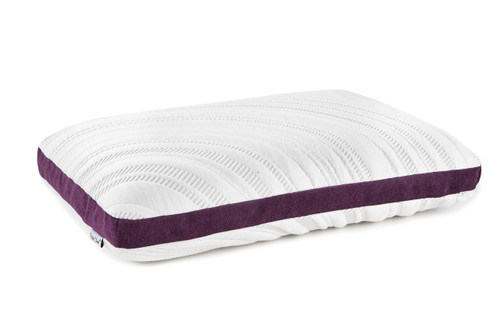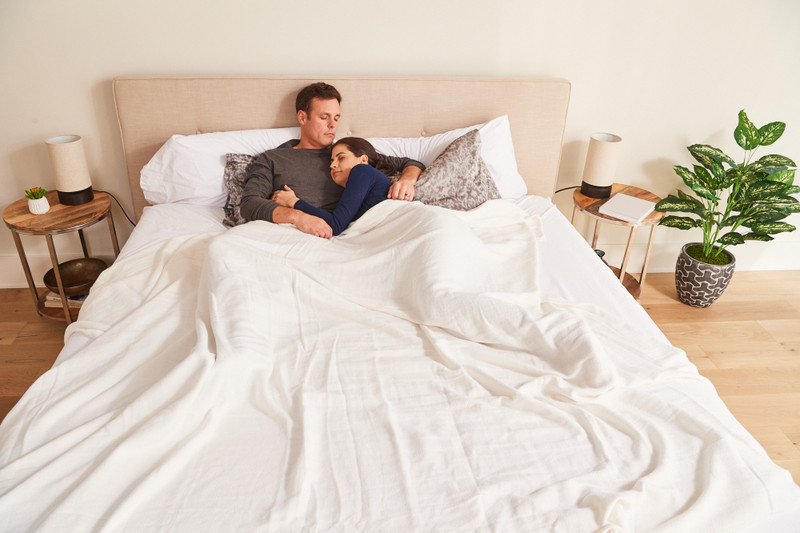The Truth About Memory Foam vs. Latex Foam
Posted by Andi on 16th Jul 2019
You’ve probably heard that foam mattresses are better than inner spring mattresses, but did you know there are different types of foam? You can’t just walk into a mattress store and ask to see the best foam mattresses. To narrow down your options, they’re going to ask if you’re looking for memory foam or latex foam.
While it’s a good idea to test out every mattress possible, it helps to be prepared with some basic knowledge. There are vast differences between memory foam and latex foam that can make one more suitable than the other.
To help you distinguish the difference, here’s an overview of both types of foam:
1. Materials used to make each type of foam
Latex foam source materials
Latex foam can be made from either natural latex, synthetic latex, or a blend of both. Natural latex is derived from rubber trees and is bouncier than synthetic latex.
Synthetic latex is made from a variety of materials including SBR (styrene-butadiene rubber). It feels similar to natural latex, but it’s not as durable.
Memory foam source materials
Memory foam is made from a base of polyurethane with a variety of materials added. For example, some memory foam mattresses are infused with gel, beads, copper, graphite, and other materials.
2. Manufacturing process
Latex foam manufacturing process
There are a variety of ways to manufacture latex foam to make a mattress. The manufacturing process is equally important to the source of materials and affects the final product outcome. Even using the same materials, each manufacturing process will create a different final product.
The two most common processes are Dunlop and Talalay. The Dunlop process froths the latex in a centrifuge and then pours it into a mold. The Dunlop process creates the foam in one complete pour. During this process, however, some of the latex settles toward the bottom, causing the foam to be denser on the bottom and softer at the top.
The Talalay process creates lighter foam with a consistent density. With this process, the mold is only partially filled with latex. The mold is vacuum sealed and air is added to mold to expand the latex to fill the mold and complete the form. The mold is flash frozen to suspend the air bubbles while they’re still evenly distributed; then it’s baked, rinsed, and left to cool.
Between these two processes, the Talalay process creates less durable foam, but some people prefer the consistency.
Memory foam manufacturing process
Memory foam has a cool history. It was created in the 1960s for astronauts, used in the 1980s for sports and medical equipment, and finally became a standard for mattresses in the 1990s.
To make memory foam, different substances and reacting agents are mixed together, whipped into a froth, and poured into a mold. It’s the reaction that causes the mixture to foam up. Density is created by controlling the amount of air injected into the mixture.
3. Response time to pressure
Memory foam responds slowly to changes in pressure
Memory foam typically has a slower response time. When you lie down on a memory foam mattress, the pressure causes the mattress to slowly conform to the shape of your body. This makes you feel like your body is being hugged. When you shift positions, it takes memory foam a while to reform to your new position.
Because memory foam is a mixture of multiple materials, it can be made to be virtually any firmness and density, but the response time is always slower than latex foam.
Latex foam responds faster to changes in pressure
Unlike memory foam, latex foam responds quickly to changes in pressure. As soon as you shift your weight, the foam begins puffing back up to its original position and will quickly form to your body’s new position.
4. Weight distribution
Memory foam provides even weight distribution
A memory foam mattress evenly distributes your body weight, so you don’t toss and turn all night. Many people report waking up in the same position they fell asleep in, which means they got a better night’s sleep.
High-density latex foam can distribute weight evenly, too
Foam only needs to be dense to provide even weight distribution. Even spring mattresses with a layer of foam at the top provide even weight distribution.
5. Motion transfer
Memory foam doesn't transfer motion
You’ve probably seen the ads for memory foam mattresses where a glass of red wine is placed on one side of the bed while a person jumps on the other side of the bed. The glass of wine remains motionless and doesn’t spill. That’s not a gimmick, that’s how memory foam works!
Having a mattress that doesn’t transfer motion is crucial when you sleep with another person or an animal in your bed. Couples who don’t share the same schedule will benefit greatly from a mattress that doesn’t transfer motion. If you’re working odd hours, you don’t have to go to bed at the same time to avoid waking your partner and either of you can get out of bed without waking the other.
Latex foam doesn't isolate motion
Unfortunately, latex foam doesn’t isolate motion, making latex foam mattresses better suited for people who sleep alone.
6. Temperature
Memory foam and heat retention
Heat retention is perhaps the biggest downside to memory foam. Unfortunately, the comfortable contouring that made memory foam popular blocks air flow and causes your body to retain a significant amount of heat. To compensate, memory foam mattresses usually have layers of cooling gel at the top and infused throughout the top layers of foam.
Many mattress companies put a thin layer of cooling gel at the top of a memory foam mattresses to counteract the potential for heat retention. The thin cooling gel layer is usually placed on top of a cooling gel-infused layer of memory foam.
Latex foam and heat retention
Just like memory foam, a latex foam mattress can be made with cooling gel layers to prevent the retention of body heat during the night.
Looking for a memory foam mattress? We’ve got what you need
If you’re in the market for a new memory foam mattress, you’re in the right place. Browse our selection of mattresses or check out our selection of memory foam mattress toppers to get a better night’s sleep.











